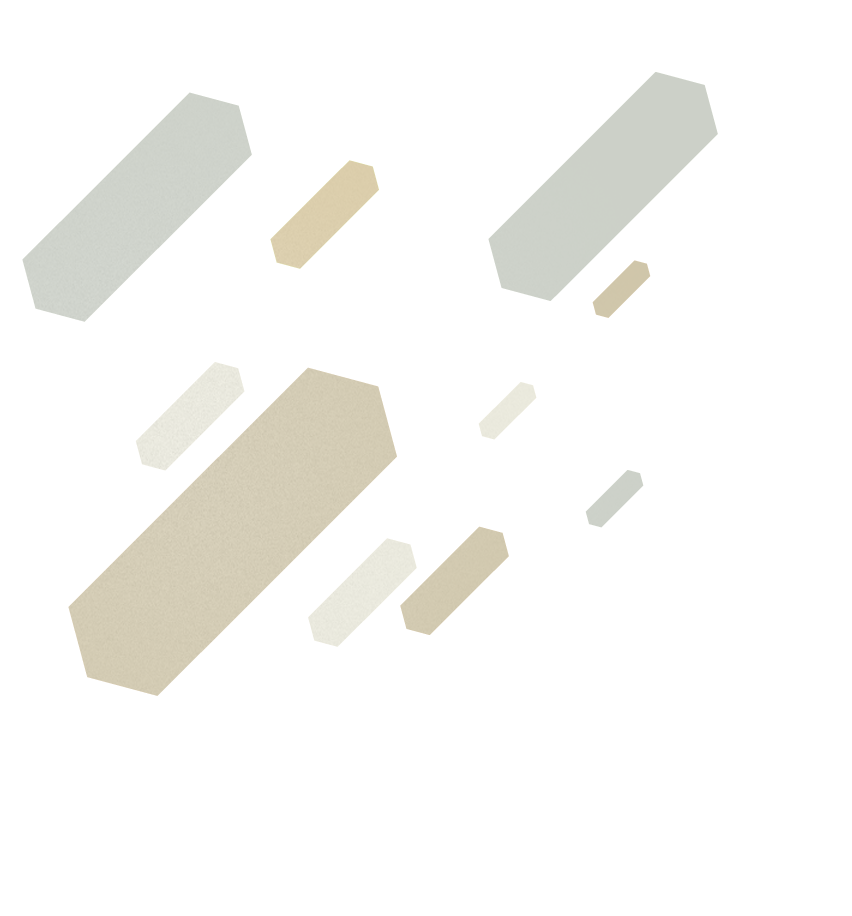


Trataka (in Sanskrit, trātaka, to look, or to gaze) is the practice of staring at some external object. It is used in yoga as a way of developing concentration, strengthening the eyes, and stimulating the Ajna chakra.
In its first stage, the practitioner fixes his attention on a symbol or yantra, such as the Om symbol, a black dot, or the image of some deity, and stares at it, paying attention to each thought and feeling as it arises, and letting them go, so that the mind is completely absorbed in the symbol. (...)
The second stage is staring at a candle flame. The practice is the same up until the eyes begin to water, after which the eyes are closed, and the yogi tries to concentrate on the after image, and hold it for as long as possible. At first, it will be a real after-image, but later, it will exist only in the mind’s eye, and the exercise in concentration comes from trying to maintain it there for a long period of time.
(...) Trataka on the Sun or one’s own mirror image is considered to be extremely powerful, but without a guru’s assistance it can be dangerous to try these. (Wikipedia) Electrified mind. Unsettled eyes. Wave after wave. Untruth after the imaginary truth. A mirror inside a mirror. Words, syllables, letters – logical and scattered, hanging around neglected paths. Silence after the silence. Silence after the silence.
This piece is probably musically controversial, which has roots in its yogic programme. It is at the same time an attempt to escape the endless labyrinths of mind, electrified by the truly dizzying pace of our time and inspired by the infinite possibilities of truth and untruth.
Basically the piece concentrates on the power of one note (C in the beginning, D and G in the end), naturally struggling to get away from these points of focus for longer or shorter periods in which chaotic powers take control. I use (not always strict) combinations of the odd numbers 3, 5, 7 and 9 used to organize the rhythmic development of the music. Sometimes the numbers are very obvious, sometimes – deeply encoded.
Andris Dzenītis




